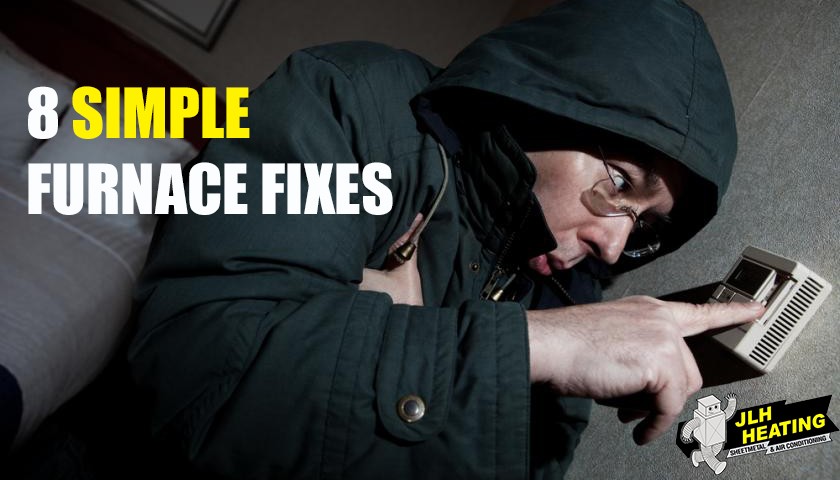
8 Simple Furnace Fixes
If your furnace quits or breaks down try these 8 simple furnace fixes before you call for service help. You can solve the problem and avoid a $200 service call.
Required Tools and Materials for this Project
- 4-in-1 screwdriver
- Furnace filter
- Bleach
- Metal foil duct tape
- Hardware cloth, 1/2-in.
- Electrical tape
Solution 1: Check the thermostat to make sure it’s on
Thermostat controls
Move the thermostat setting to “heat.”
A furnace can be intimidating—especially when it’s not working. However, there is good news from furnace repair pros. Roughly a quarter of all service calls could be avoided with easy fixes that cost little or nothing. In this article, we’ll focus on the common culprits and show you what to do about them.
Before you assume you have a furnace problem, check the thermostat to make sure it’s actually telling the furnace to come on. Thermostats, especially programmable ones, can be complicated, and the more options a thermostat has, the more that can go wrong.
- Make sure the switch is on “Heat” rather than on “Cool.”
- Check the temperature setting.
- Compare the temperature setting to the room temperature. Set the temperature five degrees higher than the room temperature and see if the furnace kicks on.
- Make sure the program is displaying the right day and time, as well as a.m. and p.m. settings.
- Trace the thermostat wires back to the furnace to check for breaks, especially if you’ve done any remodeling recently. If you find a break in one of the thin wires, splice the line back together and wrap it with electrical tape.
- Replace the battery. If you have a power outage with a dead battery, you’ll lose your settings and the thermostat will revert to the default program.
- Open the thermostat and gently blow out any dust or debris. Make sure it’s level and firmly attached on the wall, and that none of the wires coming into it are loose.
- If you can’t make the program settings work, you can bypass them altogether. Simply punch in the temperature you want with the up/down control and then press the hold button. That will switch on the furnace if the thermostat programming is the problem.
Tip: Lost your owner’s manual? Most major-brand manuals are on the Web—just go to the manufacturer’s Web site.
8 Things to Check Before You Call a Repair Service
You can check and correct all eight items in just a few minutes. We show a gas-fired, forced-air furnace here, but most of the same checks apply to electric systems and hot water boilers.
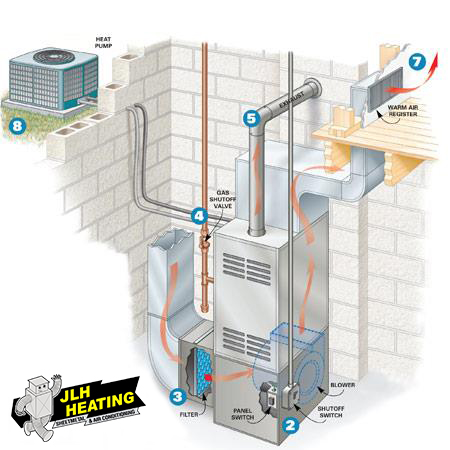
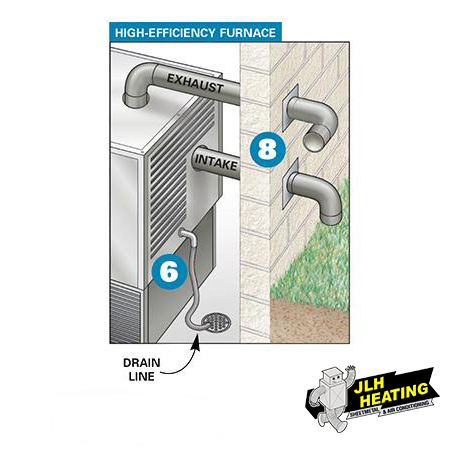
Solution 2: Check shutoff switches and breakers
Solution 3: Change filters
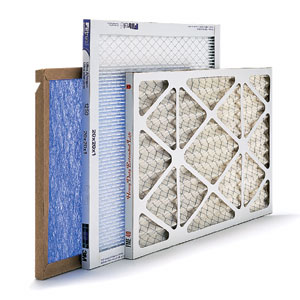
Furnace filters
A clogged furnace filter can cause a furnace to shut off.
Dirty filters are the most common cause of furnace problems. Dust and dirt restrict airflow—and if the filter gets too clogged, the heat exchanger will overheat and shut off too quickly, and your house won’t warm up. If the blower is running but no heat is coming out, replace the filter. A dirty filter also causes soot buildup on the heat exchanger, reducing the efficiency of the furnace and shortening its life.
The owner’s manual shows where the filter is and how to remove it. Change inexpensive flat filters at least once a month. Make sure that the arrow points toward the furnace. Inspect pleated filters once a month. Hold them up to the light and if you can’t see the light clearly through them, replace them. Manufacturers say pleated filters are good for three months, but change them more frequently if you have pets, kids or generate lots of dust.
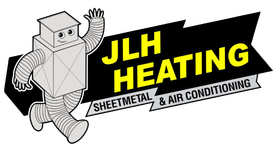
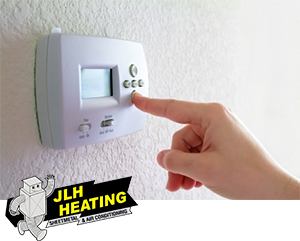

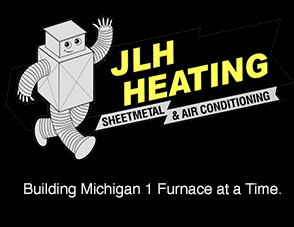
Write a Comment